|
The Scenic Eclipse’s owner wanted non-billionaire friends to experience the billionaire luxury yacht experience. Count yourself in. 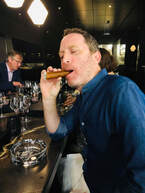 The chef presents a burrito cigar, filled with chicken, salsa and guacamole, resting on a thick glass ashtray you haven’t seen since 1978. Next up is a slice of marbled Jack’s Creek Australian steak sizzling on hot pebbles, blow-torched to order, medium rare. Now the glazed fois gras lollipop, served on candy floss which is melted with chili-infused vinegar spray. There will be ten of these courses, each accompanied by a crystal glass of fine wine from every major wine-producing region. Am I in one of Vancouver’s new Michelin-star fine dining restaurants? No, I’m a passenger on the world’s most luxurious passenger yacht cruising off the Pacific coast of South America, and this is not even the most memorable meal of the week. In the wake of the pandemic, cruise ships appear to be sailing in two different directions. There are the massive floating resorts appealing to the masses (MSC’s new Wonder of the Seas can accommodate a record 6988 passengers). Then there are the small, extravagant vessels that promise comfort and decadence beyond imagination. With just 114 suites housing 228 guests across five decks, the 168-metre long Scenic Eclipse sails firmly into this harbour, billed as The World’s First Discovery Yacht. This means it can safely navigate Antarctica and the Northwest Passage just as easily as it can cruise the Mediterranean or South Pacific. It also means that each extra-large, sound-insulated cabin has its own butler, electronically customizable beds, Dyson hair-dryers, all-inclusive mini-bar, balcony, gourmet coffee maker, and oversized rain shower bathroom. -Boarding the Eclipse in Lima on a 9-day sailing to the Chilean capital of Santiago, the lush expansive lounge, beaming staff and towering bar all look impeccable. Doting, attentive and highly trained international crew outnumber guests three to one. The Eclipse was inspired by the Australian owner’s desire to offer his non-billionaire friends the billionaire luxury yacht experience. Forget the tiresome nickel and dime cruise dance, because everything is included: all premium alcohol, wifi, offshore excursions, all nine dining options, entertainment, kayaking, paddle-boarding, even your crew and driver tips. You do however have to pay to ride the two on-board helicopters and comfy submarine, along with expansive spa services that include a range of massage, hair styling and nail services. Considering the pricey rack rates for this bucket list cruise experience, those costs might feel like a drop in the ocean. 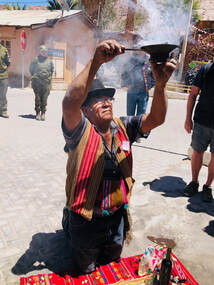 Receiving a blessing in Codpa Receiving a blessing in Codpa “Honey, there’s a sperm whale chilling off our balcony!” My wife is enjoying her long hot shower (the ship desalinates up to 200 tonnes of seawater every day) and misses the unexpected wildlife moment. Gathered for their daily wildlife briefing in the lounge, the ship’s marine biologists, naturalists and guides are suitably impressed. A sense of discovery, immersion in nature, and taking advantage of the ship’s many toys are baked into the Scenic Eclipse experience. Our particular itinerary, an annual repositioning called Latin American Delights, offers mostly land-based cultural excursions as the Eclipse makes her way south for another busy Antarctica season. In Paracas, Peru, zodiacs take us to the Ballestas Islands, where pungent guano is mined for fertilizer and hundreds of thousands of seabirds nest in dramatic cliffs reminiscent of the Galapagos. The following day, flamingos and migrating birds await us in the protected Meija Lagoons, an hour’s drive from the historic town of Matarani. Relieved to welcome the first cruise ship to visit the port town in two and half years (Covid and political unrest battered regional tourism in Peru), locals pull out all the stops in appreciation. We dance, drink pisco, and smile for local media. Sailing into Arica, Chile, we leave the ship to explore the culture and alien landscapes of the Atacama. Life is in constant battle with the elements in the world’s driest desert. In a small desert village called Codpa, the resident shaman’s blessing over smoke, sweet wine and coca leaves feels deeply authentic. Each afternoon, we return by bus to the Eclipse’s decadent bubble of luxury, greeted with hot towels, spotlessly clean rooms, twinkling live piano music, courtly service, and a complementary cocktail bar of dreams. Whatever region of the planet you explore on this striking vessel, expect a jarring contrast onboard to the world you’ll discover onshore. There are 135 different types of Scotch and whiskey at the bar, and recognizing the opportunity, I’m determined to taste as many as I can. Each dinner menu is a conversation starter, each dish over the top. Even at full passenger capacity, the Eclipse is designed to accentuate opulent space and comfort, hence her ten dining experiences when the outstanding Yacht Club buffet could easily suffice. Hell, the 24-hour room service menu would easily suffice. Smiling staff are eager to satisfy any guest request. Truffle fries at 1am in the morning? Yes sir! Changing one of the six types of available pillows before turning in? Yes sir! Expect indulgent French cuisine in Lumiere, melt-in-the-mouth sushi at Kokos, grilled rib-eye steak and lobster in Elements, and expensive wine that just doesn’t stop flowing. My favourite meal is the Night Market, where a wonderful chef named Strawberry (yes, that’s her real name) exhibits her culinary creativity across eight courses of Indian, Middle-Eastern or Asian-inspired dishes that defy description. Her blueberry folded gelato served with curry-buttered popcorn and compote will haunt my tastebuds forever. Corporate Executive Chef Tom Götter’s commitment to sustainability and reducing food waste permeates everything: food scraps like vegetable peels and kitchen castaways are dehydrated and turned into fragrant ‘dusts’ and spices. All the gelato and baked goods are made onboard, while fresh herbs grow in specialized cabinets inside Epicure, which hosts cooking classes and beverage tastings. The Eclipse burns low sulphur diesel, and when liquid natural gas starts powering cruise ships, I expect Scenic – which operates luxury river cruises in Europe and has more ocean ships under construction - will be among the early adopters. Initiatives like digital labels updated daily in guest cabins might eliminate paper, although any readers seeking a sustainable vacation won’t find it on an engine-powered cruise ship, at least for now. As we approach our final port of Valparaiso, heavy wind and high waves pound the ship, so I head to the bridge to see how our affable captain is dealing with it. The technology and engineering inside the Eclipse is mind-boggling. Oversize six-metre-long stabilizers have been deployed on either side, large enough to keep passengers steady on much larger ships. There’s no rudder, as each prop can rotate 360-degrees, while the ship can maintain her position without dropping anchor thanks to GPS positioning. Bridge crew welcome guest visits from 8am to 8pm, patiently explaining to us how the ship works, and allowing the obligatory captain’s chair photo. I can’t stick around though, I’ve got a manicure booked, and want to iron out my back in the infra-red sauna before tackling a half-dozen fragrant Speysides at the bar. “Who the hell lives like this?” I ask my wife, busy scrolling on-demand movie selection on our cabin’s wall-sized flat screen TV. We need a few hours to digest the 10-course Chef’s Table dinner, featuring that burrito cigar, as well as coconut ceviche, braised BBQ rib, smashed mango-curry lamb chop, and a literal homemade chocolate fudge explosion. In fact, we’ll need a few years to digest the overall Scenic Eclipse experience. Together we’ve come a long way from our first cruise onboard a typical floating hotel with packed pools and excessive buffets. Luxury small ships like the Scenic Eclipse cater to a different clientele chasing unique and exclusive experiences. Pricey it may be, but passengers will delight in that rare opportunity to get far more than what you pay for.
Visit www.scenic.ca for more information about Scenic Eclipse itineraries.
0 Comments
Three hours drive from the Chilean capital of Santiago is a ski resort without any shops, malls, or promenades. There are no restaurants, bars or hotels either. There’s not even a ski lift. Yet it still attracts clients from around the world, and for good reason. Ski Arpa is the dream of a lifelong ski instructor who scrapped and saved over three decades to open a mountain for anyone in love with stunning views, and untracked snow. Here, two Pisten Bully Snowcats shepherd up to 22 skiers to the top of the mountain, where they have mind-boggling access to 4000 acres of skiable terrain. Toni Sponar, a veteran ski-instructor of Aspen, Banff, and number of South American ski resorts, bought 5000 acres of land back in 1983. At just $5000, it was a bargain even for a ski instructor. The location was ideal. From atop the peak of Alto del Arpa you can see the Pacific Ocean to the west, and Mount Aconagua, the tallest mountain outside the Himalayas, to the east. The south facing slopes receive plenty of sun, protected from harsh winds, with chutes forming in natural abundance. Surrounding you is the Andes mountain range in all its glory - so different from the view in the Rockies, or the Alps. A year after his dream purchase, Toni installed a ski lift and set to work creating an 8km switchback road to the base lodge. Then disaster struck. A massive storm dumped metres of snow, causing an avalanche that wiped out the lift, the lodge, and all of Toni’s savings in the process. He would still visit his mountain with friends over the years, but it would take another 20 years before he could resurrect his dream of a skier’s ski resort. He purchased two Snowcats, aligned with booking and marketing agents, and finally created the most rewarding catskiing operation on the continent. Clients visit from around the world for the powder, the sweeping vista, and the unlimited fresh tracks. As we slowly make our way up the switchbacks, the van abruptly stops and one of my fellow passengers throws up. It’s a rough road, which Toni maintains himself, zig-zagging 600m up the valley. I’m feeling a little queasy from the altitude, but the excitement seems to settle my stomach. I only discovered the joy of snow when I moved to Canada in my twenties. When I was 6 years old, a once-a-century freak snowstorm hit Johannesburg. My schoolteacher, having never seen snow, made the class hide under our desks. She thought it was nuclear fall out. I was retelling the story in the van as the switchbacks became ever steeper. Finally, our Swiss driver announces we have arrived. Next to the parking clearing is a humble, rustic building, built deliberately into the hill to avoid being wiped out by an avalanche like its predecessor. I am blessed with perfect conditions – the sky is clear and blue, and a 20cm of snow fell overnight. I sign a waiver, and get handed an avalanche transmitter by Anton, Toni’s son and partner in the operation. There are a dozen clients today, made up of Americans from Colorado, some French, some German. This is not Whistler or St Moritz or Aspen. We have all packed our own lunch, and accept the simplicity of the amenities. We have come for the snow, not the glitz. It takes 45 minutes for the powerful snowcat to make its way up the mountain. I am standing at the back of the outdoor passenger area, watching Toni and another skier being towed behind us. The snowcat eats the steepest of inclines, charging like a tank up towards the peak. The air gets thinner and colder, and suddenly, the full might of the Andes appear on the horizon, a true alpine wonderland. After a final push from the powerful cat, my back against its protective rails at a near 45-degree angle, we arrive on the peak and dismount. The groups split up respectively, choosing a wild multitude of lines. Mount Aconagua, nearly 7000m high and dividing the Argentinean and Chilean border, beckons me forward. I let out a Wilhelm Scream, for if you can’t scream at the top of the world, where can you? Within seconds, I begin carving this mountain like a Thanksgiving turkey. A full day with Ski Arpa includes four runs with a guide. By my third run, I am feeling braver, dropping into a gully to attempt an unsuccessful launch through a chute. It takes a while to dig myself out. Toni joins me on the next run, rocketing down his mountain, enjoying the start of another stellar season in Chile. He whips down so gracefully I find it hard to believe he’s old enough to be my grandfather. Meanwhile his clients are bonding over fat smiles and white powder. Warming up in the sun outside the base hut, we all agree: Who needs malls and promenades when you have a 1000m vertical descent on some of the best powder in the world? Especially when you have it all to yourself. Ski Arpa is located near the village of Los Andes, 108km from Chile’s capital city Santiago.
Santiago Adventures (http://www.santiagoadventures.com/) provide hotel pick-up and guide service. If you drive, a 4 X 4 vehicle is essential. Reasonably priced gear rental is available through Santiago’s KL Adventures (http://www.kladventure.com) en-route. Ski Arpa’s season typically runs mid-June to mid-October. It is said there are three simple steps to happiness: find something to do, someone to love, and something to look forward to. I might add: find yourself a bike. One day, on my way to the office, an unlicensed driver ignored a stop sign, drove through an intersection, and crashed into my bike. I hobbled away with a broken knee-cap, a $20,000 insurance settlement, and the powerful reminder that life is precious, time is limited, and I’ll really miss my knees when they’re gone. I quite my job and went travelling around the world on a Quixotic quest to tick off my bucket list. All of which brings me to the dusty Chilean town of San Pedro de Atacama. For an outpost on the edge of the world’s driest non-polar desert, the town offers fine hotels, gourmet restaurants, and excursions into a truly remarkable slice of South America. One such activity is to rent a bike and peddle thirteen kilometres west into the Valley of the Moon, a protected nature sanctuary famous for its stark, lunar landscape. I arrive at the park gates with my front tire wobbling with all the stability of a Central African government. Parched for oil, my chain clatters in desperation. I make a note that from now on I will check the condition of any bike before I rent it. Sound advice, and I could have used some more, for example: under no circumstances must you leave your bike on the side of the road to hike around looking for better views of the volcanoes. Soon enough, I am lost in the desert without any form of communication, directions, food, or warmth. It is late afternoon in March, and the baking day will soon transform into a chilly night. My last update to my family was last week in Bolivia. Not a single person on the planet knows where I am. 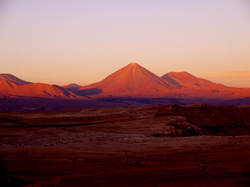 Before I set out on my journey, a friend asked what I hoped to achieve. My mates were settling down, building careers and starting families, so why would I choose to be that one older guy you typically meet in backpacker hostels? You know, the one who looks a little out of joint, has great stories, and often smells like Marmite. My reply: at some point during my adventure I will stumble into a transcendent moment of pure isolation, a challenge that can only be surmounted with deep soul-searching, and personal inner strength. My friend looked at me askew, so I followed up with: there will also be copious amounts of beer and beautiful women. Just a few months after that conversation, there is neither beer nor babe for miles as I desperately scan the sprawling Atacama Desert for my rickety rental bike. Panic begins to tickle my throat. It appears that my Moment of Zen has arrived. I sit down on a slab of rock and breathe it in. The dusky sun casts a pink glow over perfect pyramid-shaped volcanoes. Early evening stars begin to glitter. A cool breeze sprouts goosebumps on the back of my neck, along with my long-awaited epiphany. I am here for a reason. Everything happens for a reason. The bike accident, the decision to travel, the dodgy rental bike, the walk into the desert. Wherever I am, is where I am supposed to be. Slowly, I relax into the fear and excitement, slipping into the moment the way one cautiously eases into a too-hot bubble bath. Then I hear a voice. A Japanese backpacker had seen my bike on the side of the road and figured there must be something to see. Soon enough, he got lost too, but somehow he found me just as I was busy finding myself. As the night sky vanquished the peach-fuzz sunset, we see headlights in the distance. Relieved, we find our way to the road, recover our bikes, and pedal in darkness back to San Pedro. That night we get blindingly drunk to celebrate our good fortune, and I have my second epiphany: it is the people we meet who create the paradise we find. Ten years and one hundred countries later, there have several other moments of life-affirming clarity. As for those three simple steps, they sorted themselves out beyond my wildest dreams. Whenever I find myself lost, at home or on the road, I simply remind myself: wherever you are, is where you’re supposed to be. Originally published in Get Lost Magazine.
When the going gets tough, the tough get wet. Presenting 10 of the world's mightiest rivers for bucket list rafters. Paddle up, there's rapids ahead! The Nahanni, Canada Rafting UNESCO’s first ever World Heritage Site is one of the grand Canadian adventures. From Virginia Falls, where a 90m cascade plummets in to the river, canoe and kayak trips typically spend a week paddling downriver through huge canyons and pristine wilderness. The Colorado, USA Spend a week in a motorized raft (or two weeks with paddles) floating down the Colorado River, through one the world’s true natural wonders, the Grand Canyon. Thrilling rapids, epic geology, waterfalls, creeks and companionship await. The Zambezi, Zimbabwe Regarded as perhaps the world’s best one-day whitewater rafting experience, conquer the mighty Zambezi River at the foot of Victoria Falls. The most thrilling runs take place during low water between February and July, when the rapids are so rough as to be almost unpassable. Do your best to stay on board, and watch out for the small (harmless) crocodiles. Futaleufu, Chile Enjoy the staggering scenery of Patagonia aboard a whitewater raft, as you navigate the Class 3 to 5 rapids of the Futaleufu River. You don’t have to rough it during this week-long journey: Earth River Expeditions have permanent camps with hot showers, stone hot tubs and comfortable beds. The Ganges, India Raft the Ganges from outside the town of Rishikesh, as the river bursts forth from the Himalayas, safe from the pollution it gathers further down. Rafting trips run from hours to days, starting October through June, although it can get pretty chilly around December/January. White Nile, Uganda Flowing through the heart of Africa, the Nile is a mystical river with a storied history. Its source was the subject of doomed expeditions and controversy. You won’t be thinking about any of it as you crash through a series of Class 4 and 5 rapids. Half and full day tours depart from the town of Jinja, located about 80km northeast of Kampala. Kaituna, New Zealand It’s not the Ganges or the Nile, but the lush Kaituna River does allow you to experience the highest commercially rafted waterfall in the world. There’s a 50/50 chance your raft will flip as you plummet over the 7m high falls, but that’s all part of the fun. The Yangtze, Nepal The Big Bend of China’s Yangtze River flows through a dramatic 10,000 foot deep gorge. That’s almost twice as deep as the Grand Canyon. A 10-day rafting tour runs 120 miles through the bend, crossing Class 4 rapids aplenty. Along the way you’ll get the chance to explore rural villages, and do some serious hiking too. The Saint Lawrence River, Quebec You don’t have to travel far to challenge the Saint Lawrence. Located close to downtown Montreal adjacent to Habitat 67, the Lachine rapids offer some of the world’s largest standing waves. Various class of rapids means even kids can conquer this mighty river. Igauzu, Brazil
Sharing its borders with Brazil, Argentina and Paraguay, Iguazu is well known for its spectacular waterfalls. You can also climb into a raft to conquer the river from below, spending an hour crossing Class 3 rapids amidst the dense vegetation and exotic wildlife found in Iguazu National Park. I am the passenger and I ride and I ride I ride through the city's backsides... Iggy Pop Next time you're walking through a crowded subway, tune a little Iggy Pop into your headphones. We are all passengers, and we all ride and we ride. The last time I rode the tube in London, I got thinking about the world's major subway systems, asking questions that this blog post would later answer: New York One of the oldest and largest urban transit systems in the world, New York’s subway currently has 468 stations in operation, with approximately 660 miles of routes clocking in at over 1.5 billion rides annually. It’s one of only four subways running 24 hours a day in the USA, vital for shepherding New Yorkers (and tourists) around the city, especially in Manhattan, where traffic is choked during rush hour and parking exorbitant. New York has the world’s largest fleet of subway cars (around 6200), and is probably the most recognized system thanks to being featured in movies like Saturday Night Fever, Ghost and the Taking of Pelham 123. Here’s a neat fact: New York’s subway has only 60 stations less than all the combined subway stations in the United States. London The oldest underground rapid transit system in the world is the London Underground, known affectionately as the “Tube.” Its first sections were built in 1863, and the Northern Line was the world’s first electric train. The tube currently has 270 stations and 402 kilometres of track, covering central London and stretching way into the suburbs, Heathrow airport, and even surrounding regions of Essex and Buckinghamshire. Linking seamlessly with an excellent bus system and above-ground trains, including rail and the Docklands Light Rail, the map of the iconic coloured lines of each route have become a design classic. Be aware the Underground map doesn’t correspond to geography above-ground, which is why some tourists might spend 45 minutes taking the Tube to a destination just a ten minute walk away. Shanghai China’s largest municipality (over 23 million people!) is served by the world’s longest metro network. The Shanghai Metro’s 11 lines and 278 stations delivers over 2 billion rides annually, at about 5.5 million rides a day. Three lines converge at the busiest station, People’s Square, located near the popular Nanjing Road shopping district. Fares are based on distance, and allow you to transfer between lines, as well as railways and buses. Transit cards can be purchased as stations, convenient stores and banks, and can be used to pay for buses and even taxis. Connected to the Metro, although it is not included in the system itself, is the Maglev. Reaching a speed of 431 km/hr, the train’s magnetic levitation system makes it the world’s fastest commercial regular service, and a 30 km thrill ride from the airport. Montreal 25 Stations opened in 1966 in time for the 1967 World Fair. Today, the Métro de Montréal has 68 stations running on four lines. It is Canada’s busiest subway system, third in North America after New York and Mexico City. Designers looked to Paris for inspiration, and Montreal’s rubber-tired efficiency has in turn inspired other Metros like Santiago, Lyon and Mexico City. Rubber tires were chosen because they are quiet, turn at higher speeds, and reduce vibration for passengers. They also allow faster speeds than conventional steel tracks. Due to winter weather, the 759-cars run entirely underground, and are not weatherproof. Although public art in stations was popular in communist countries, Montreal was a pioneer introducing stained glass, sculptures and paintings to western metro stations. Moscow With millions of people flocking to the capital from around Russia, Soviet leadership in the 1920’s recognized the potential for the Moscow Metro to be more than just a transportation necessity. It was designed to serve as an ambitious vehicle for propaganda and communist ideology. The Moscow Metro opened with 13 stations in 1935, with 285 000 passengers using it that day. Today’s Metro receives a 6.6 million passengers each day, the second most heavily used transit system in the world after Tokyo. It was Stalin who commissioned some of the era’s greatest architects and artists to design stations that would inspire and overwhelm the proletariat with the power of the state. Unlike the functional transit systems that were being developed in other major world cities, the Soviet goal was to build underground palaces, reflecting a radiant future to all who used it, designed and lit up like grand ballrooms. Visiting the most famous stations - Ploschad Revolutsii, Komsomolskaya, Mayakovskaya – is a must for any visitor to the city. Paris Distinctive by the Art Nouveau entrances of some its stations, the Paris Métro is one of the world’s most compact transit systems, cramming in 245 stations and 87 kilometres of track within the city itself. First opened in 1900, by the 1940’s, there was no more space to expand lines within the city, and so faster cars were introduced to increase ticket sales. You can choose your direction on the 14 lines, distinguished with colours and numbers, by selecting the destination terminus. 4.5 million passengers use the Métro every day, so you won’t be alone. The Métro does not run 24 hours, which is why locals call the last train the balai, the “broom” that sweeps up the night’s last passengers. Tokyo The busiest subway in the world – over 8 million passengers daily – has a map that is a labyrinth of lines and colours, leaving many visitors confused and disorientated. With over 880 stations on the extended rail network, it’s a Sudoku puzzle figuring out where you want to go. During rush hour, white gloved “train packers” jam people into every square inch of space so the doors can close. Just getting around the stations can be quite a trek, and because each mode of transportation in Tokyo is operated by a different company (including two subway systems), you’ll require a different fare ticket if you transfer. Your best bet is to buy a Suica, a pre-paid card that works on every system, and can even be used for vending machines. Alternatively, the Tokyo Free Kippu allows one day of unlimited travel on all subways, trains and buses. Toronto Canada’s oldest and largest subway system currently has 4 lines, 69 stations and 70 kilometres of track. Typically named for its nearest artery, it carries over a million passenger rides each weekday, and is integrated with streetcars and buses throughout the Toronto Transit Commission. Hanging around the platforms, you may notice some of the two-dozen artworks that breathe life into the system. My favourite is the opposing murals at College station entitled Hockey Knights in Canada. The Montreal Canadiens and Toronto Maple Leafs eternally face off on opposing platforms. Artists have used glass, tiles, and paint to create wonderful works in stations like Spadina, Dupont, St.Clair West and Eglinton. The busiest stations: Bloor (Yonge-University), Yonge (Bloor-Danforth) and St George (Bloor-Danforth). Seoul With an average of 7 million rides each day, Seoul’s Metropolitan Subway is one of the world’s busiest transit systems. Many of its 18 lines are still expanding, with a current total of 560 stations operated by seven different organizations. All signs are in Korean and English, and helpfully for tourists, all announcements are made in Korean and English too. Along with single-journey tickets, various transportation cards work across all the systems, with discounts for kids and seniors. Navigating is fairly easy: each station has a name, number and colour. Transfer stations are clearly marked, and trains are generally very efficient. Ever pushing the technology envelope, the Seoul Subway introduced the world’s first virtual subway supermarket, where passengers use their smart phones to scan QR codes of products (laid out like a shopping shelf) which can be purchased and delivered to their homes. Santiago
South America’s most extensive and expanding subway system is in the Chilean capital of Santiago, with 105 stations servicing five lines and over one hundred kilometres of track. Inspired by Montreal, three of the tracks use rubber-tired cars, and like Montreal, art features prominently inside the stations. Over 45km of new track will be laid in the next few years alone, highlighting the success of the government’s overhaul of the city’s public transport system. Line 1, servicing downtown Santiago, is the city’s busiest track. Bike lockers at various stations have further eased the traffic congestion in the city. When a massive 8.8 Richter scale earthquake hit Chile in 2010, the Metro held up strong, with only station closed for superficial repairs. I’m standing on a gravel airstrip on the north of Somerset Island, permanent population zero. During the summer months, tourists visit an amazing eco-lodge called Arctic Watch, watching thousands of Beluga whales, swimming in crystal waterfalls, and hiking in the tundra. As we waited for our charter return flight to arrive, with supplies and a new arrival of guests, the weather closed in. Keeping an eye out for polar bears, it got me thinking about other remote landing strips, and in particular airports. Pilots can land a plane on any dirt strip, but a commercial airport requires infrastructure, a yellowing bathroom, maybe a broken vending machine. Military airports need not apply. Here’s some of the world’s most remote, along with some of my own adventures discovering them. Resolute Bay Airport, Nunavut Airport Code: YRB Since we’re in the North, lets start with the closest airport to my landing strip on Somerset Island, in this case, Resolute. It’s the second most northerly community in Canada, population around 240. The Inuktitut word for Resolute literally means “place without dawn.” Midnight sun in summer, Arctic night in winter, and the sun never rises either way. The airport receives regular flights from First Air as well as charter planes, and plans are afoot for the Canadian Military to expand the airport to make it a major Arctic centre for its operations. In the meantime, the community gratefully receives its supplies, and lifeline, from planes landing at its simple airport. Perth International, Australia Airport Code: PER It’s the fourth busiest airport in Australia, serving the capital of Western Australia with a population of 1.75 million. So how does Perth International feature on this list of outposts? After all, it services 37 airlines flying to 77 destinations, and over a thousand flights a week! The answer is simple: Perth is arguably the most isolated city in the world, closer to Jakarta than it is to Sydney (there are arguments that Honolulu is more isolated, in which case, we should add Honolulu International HNL to this list). Sure, it’s far from everything, but it also boasts sensational beaches, Australia’s wine growing region, and a wonderful quality of life. Bahir Dar Ethiopia Airport Code: BJR Admittedly, Bahir Dar is not one of the world’s most remote airports, but trust me, it’s the last place on earth you’d ever want to end up. OK, I’m being a bit harsh, but I did spend 8 hours there, and you probably did not. What happened was our Ethiopian Airways flight from Addis Ababa to Lalibela stopped off in Bahir Dar as per schedule. We took off again, flew ten minutes over Lake Tana, and the pilot announced engine troubles. Not a good thing to hear, so I was somewhat relieved when we landed safely back at Bahir Dar. Four sweltering hours later, during which time I counted every cracking tile in the airport wall, the replacement plane arrived. Problem is, it had broken down too. So we waited another four hours for the replacement replacement plane. We arrived 10 hours late, nerves frazzled, but thankfully, in one piece. And that’s all we can really ask for, right? Kulusuk Airport, Greenland Airport Code: KUS Another isolated northern airport, this time on the east coast of Greenland. Since everyone knows Greenland is far icier than Iceland (which services the airport), it’s rather disturbing to note the airport doesn’t have de-icing equipment. The terminal does have a duty free shop, a small cafeteria, and considering there are only 3 to 5 flights a day, a reputation for being chaos in the arrivals/departure hall. Kulusuk is the gateway to Ammassalik, a remote region that does receive a fair share of tourists chasing Arctic adventures. Atiu, Cook Islands Airport Code: AIU The Cook Islands are made up of 15 islands, covering a whopping 1.8 million square kilometres of Pacific Ocean. Tourists might visit a couple inhabited islands, and the views of the turquoise lagoons are simple staggering. On Atiu, I got dirty in an ancient burial cave, joined in a local birthday party, and had a great time in a traditional bush pub, sharing homemade orange moonshine out of a coconut cup with a dozen locals. When it was time to fly back to Rarotonga, the friendliness of this tiny island (population 560) was literally on display at the airport. A sign above the waiting hut read: “Voluntary Security Check: Would passengers please hand in their AK47’s, bazookas, grenades, explosives, and nukes to the pilot on boarding the aircraft. Airport Management thanks you for your cooperation. “ Petropavlovsk-Kamchatsky Airport, Russia Airport Code: PKC In the world of highly remote eco-adventures, the Russian peninsula of Kamchatka is making waves with its lunar landscape, snowcapped mountain peaks and volcanoes. Since there are no roads or rail connecting the region to the mainland, the airport is the lifeline for the region’s main town, Petropavlovsk-Kamchatsky. Seasonal flights are bringing tourists in from the USA, Japan, China and Moscow. The peninsula is also home to Russia’s largest submarine base, and while isolated, has a population of 180,000. Moscow is just a nine-hour flight away! Mataveri International Airport, Easter Island, Chile Airport Code: IPC Widely regarded as the world’s most remote airport, Mataveri is 3759 kilometres away from the nearest airport, in Santiago, Chile. For all its isolation, the airport does do brisk traffic, thanks to tourists arriving from Santiago, Tahiti and Lima primarily to see the famed stone heads that mysteriously guard the island. Easter Island is perhaps the world’s most remote inhabited island, so stands to reason its airport makes the list. With an asphalt runway serving 737’s, the airport was also an abort site during the space shuttle program. St Helena Airport, British Overseas Territory Airport Code: TBA When construction is complete, the South Atlantic island of St Helena will boast one of the world’s most remote civilian airports, more than 2000 kilometres from the nearest landmass. The island is actually the centre of three British Overseas Territories, which are easily accessible should you happen to own a superpowered submarine. Ascension Island is only 1,300 kilometres north, while Tristan da Cunha is 2,400 kilometres south. Some 4255 people live on St Helena, with all food, equipment and supplies arriving by boat, which is expected to be retired in 2016 when the airport is complete.
I once found myself being interviewed by Chilean TV News as the Villarica volcano threatened to blow its load all over the town and the stupid gringo tourists, like myself, threatening to climb it as it did so. Villarica was on the front page of the newspaper that day due to sudden eruptions threatening to ruin my adventure, along with the popular holiday town of Pucon. The town looks like an Austrian ski village, full of red wooden cabins and the smell of fireplace. It serves as a popular Chilean lake resort in cabin country, but the gringos flock in their droves to see lava spew in the air, and discuss this experience in detail at the popular bars that line Bernado O’Higgins Street. “The Chileans come for the lake, the gringos for the volcano, and neither seem to want the other,” says William, one of the tour operators. That’s because Chileans have smarts, which gringos don’t, which is why at 8am the following morning, I was on my way to climb a volcano in the midst of a seismic orgasm. As we approached this frosted, upside-down ice-cream cone of potential death, the clouds burned off to reveal a perfect, sunny day. Sol y Nieve, the tour operator, provided boots, backpacks, razor sharp crampons, an ice pick, waterproof gear and a helmet, to stop the lava burning your hair when it runs over your body. We suited up, and mercifully caught a ski lift up the first couple hundred meters, revealing a magical view of mountains, the huge lake near Pucon, granite rivers where lava once flowed, and another volcano cone in this distance. The hike began in ashen granite rock, heading up towards the icing sugar snowline. Crampons turned my puss-in-boots into big cat monsters, with sharp teeth ready to tear apart any squirrel unfortunate to venture too close. Zigzagging single-file up the steep icy banks, putting one foot in front of another, required supreme effort, but simply turning my head to the side revealed a staggering view. Contrary to the media's depiction of Villarica as Mount Doom, the volcano seemed peaceful. Then I reached the top, where we had to ditch our bags and make a hasty final ascent. Our guide Oscar, who has been doing this for ten years and is a member of the Chilean Mountain Rescue squad, looked nervous. We could hear booms from above us, and helicopters were circling overhead. Still, we'd come so far, so we powered up the last 300m to the crater edge. Exhausted, I had to concentrate really hard to not pee in my waterproofs. The loud, primal scream of an erupting volcano is, frankly, the scariest audio my one good ear has ever had to process. It is like a lion roaring in your face shortly before it eats you. It is the sound of a tidal wave destroying an Empire State Building made of ceramic. It is the roar of a jet fighter taking off in your sphincter. Contrary to our expectations, there was not a river of red cherry lava at the top, but rather a chocolate rocky filling letting off steam like a geyser. It would erupt, spewing lava and ash about 50 metres in the air with a tremendous roar. Then it would cool off for a few seconds, deciding whether now is the time to kill everybody in proximity. I nervously took some pictures, and made a cowardly retreat as fast as my rubbery legs would take me. Villarica was not happy, and I didn’t need to read the newspapers to believe it. Fortunately, getting down the volcano is the most fun you can have on two ass cheeks. Narrow channels had been carved out for our bums to bob-sleigh down, reaching serious speed as we flew down the banks using ice-picks as brakes. After a 2-hour ascent, it only took about twenty minutes for this frozen water slide to deliver us to the bottom. I stuffed my inflatable travel pillow (101 uses) in my pants for a smoother ride, but still managed some spectacular wipeouts, fortunately without impaling myself on my ice-pick. Villarica didn't end up destroying Pucon that day, or any day since. She continues to grumble, but tourists in Chile continue to climb her, as well they should. Icy-hot fun for the adventurous soul. |
Greetings.
Please come in. Mahalo for removing your shoes. After many years running a behemoth of a blog called Modern Gonzo, I've decided to a: publish a book or eight, and b: make my stories more digestible, relevant, and deserving of your battered attention. Here you will find some of my adventures to over 100 countries, travel tips and advice, rantings, ravings, commentary, observations and ongoing adventures. Previously...
July 2024
Categories
All
|

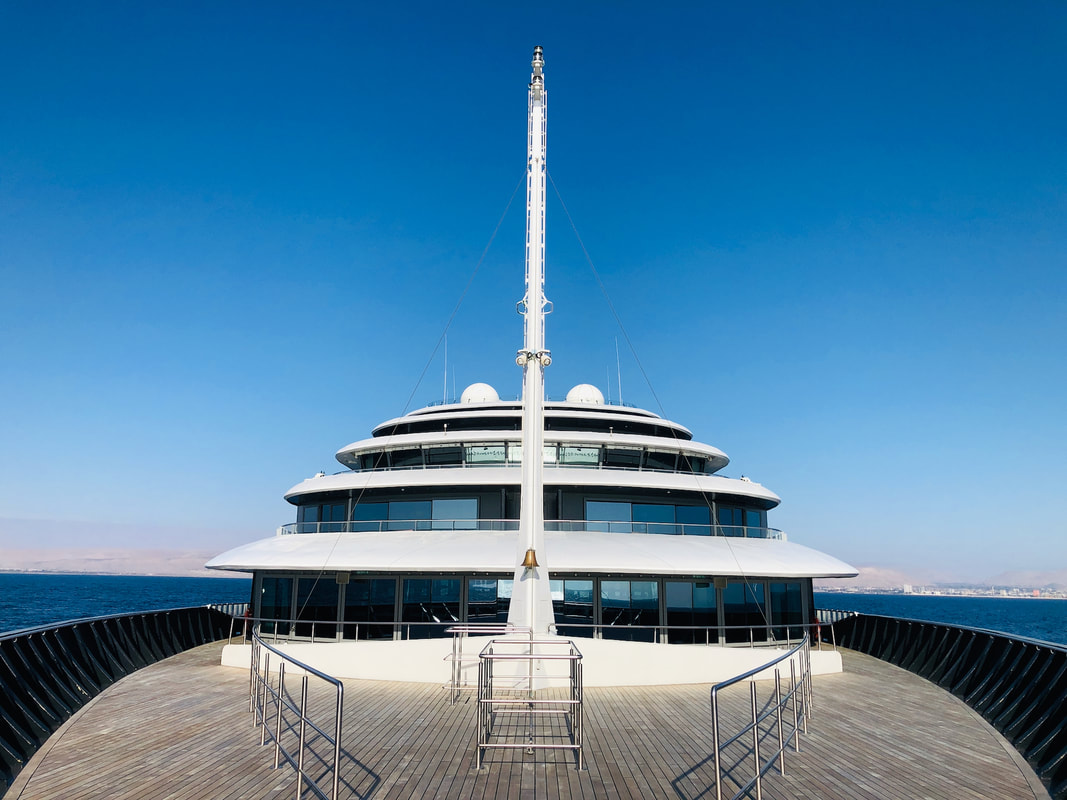
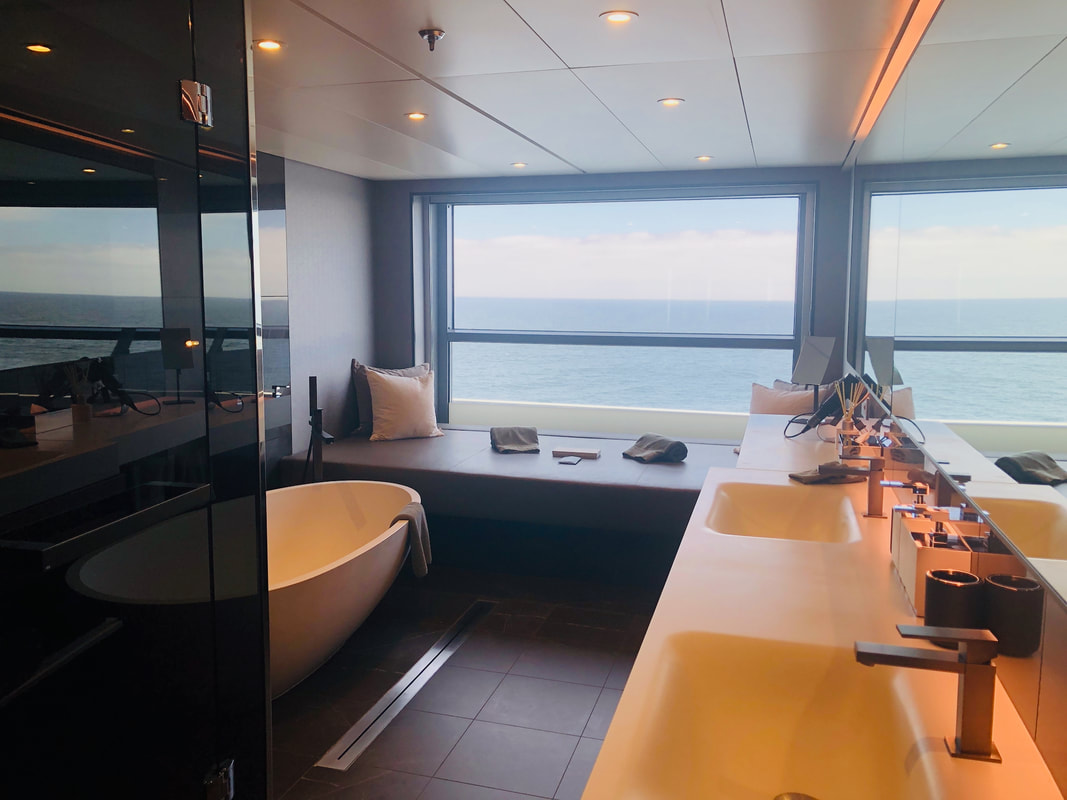
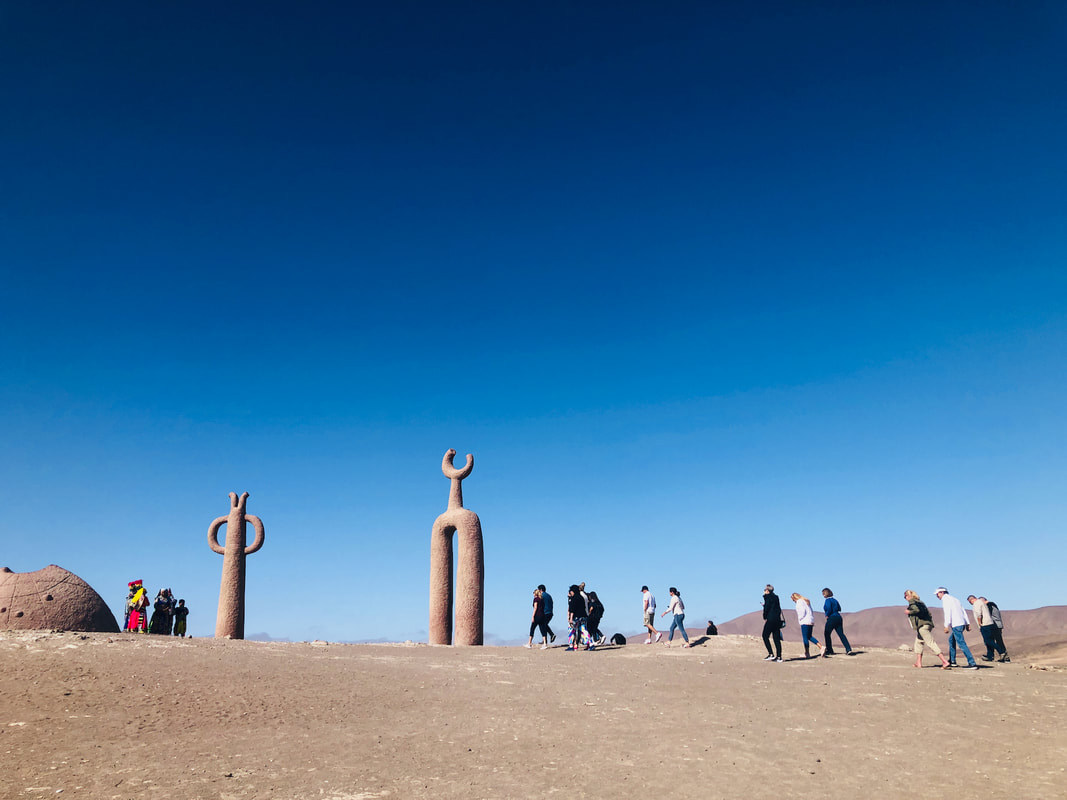
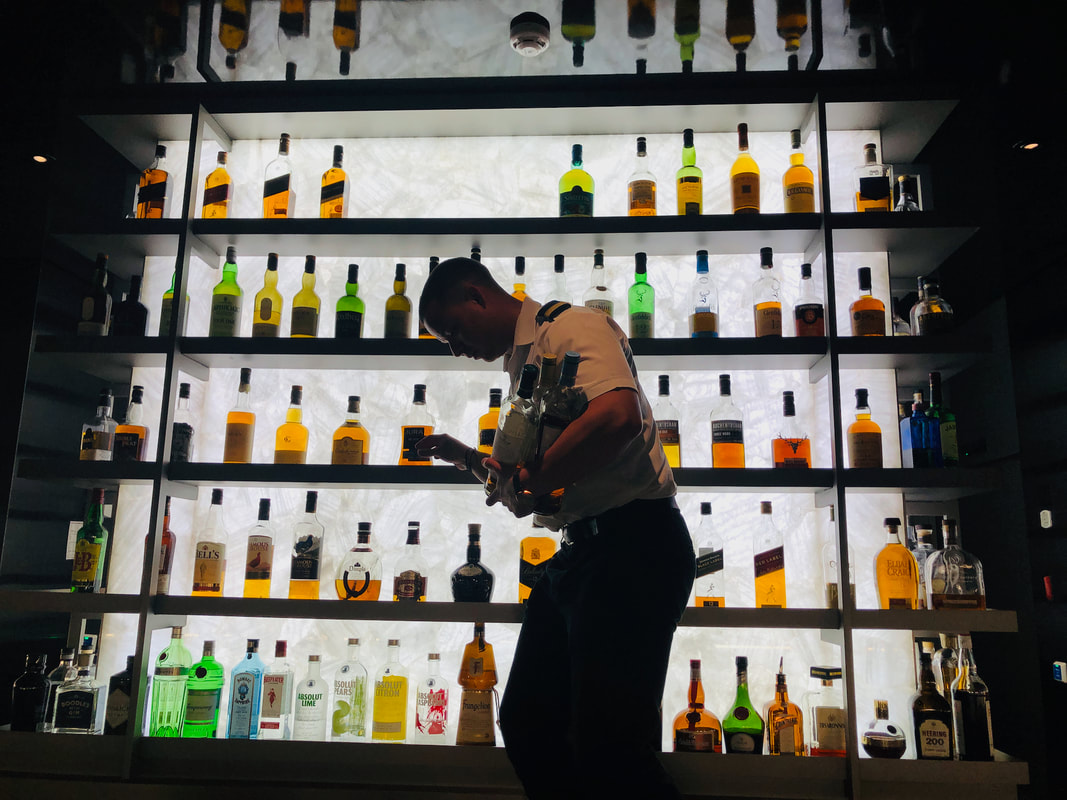
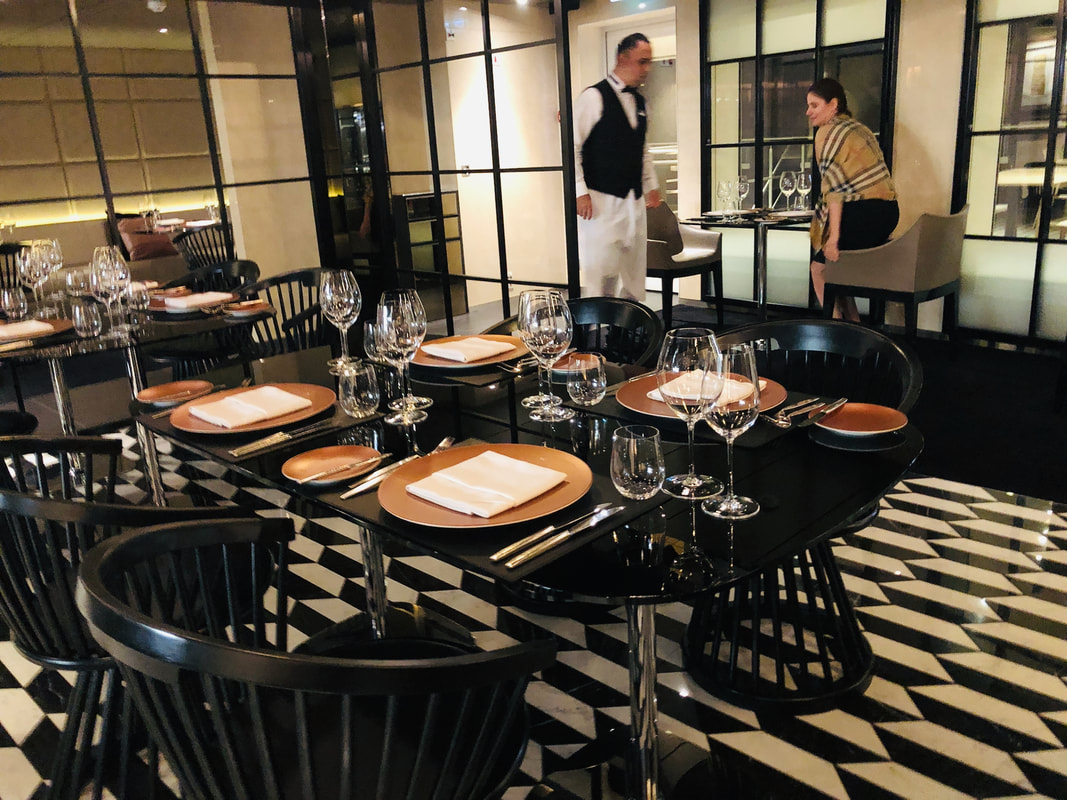
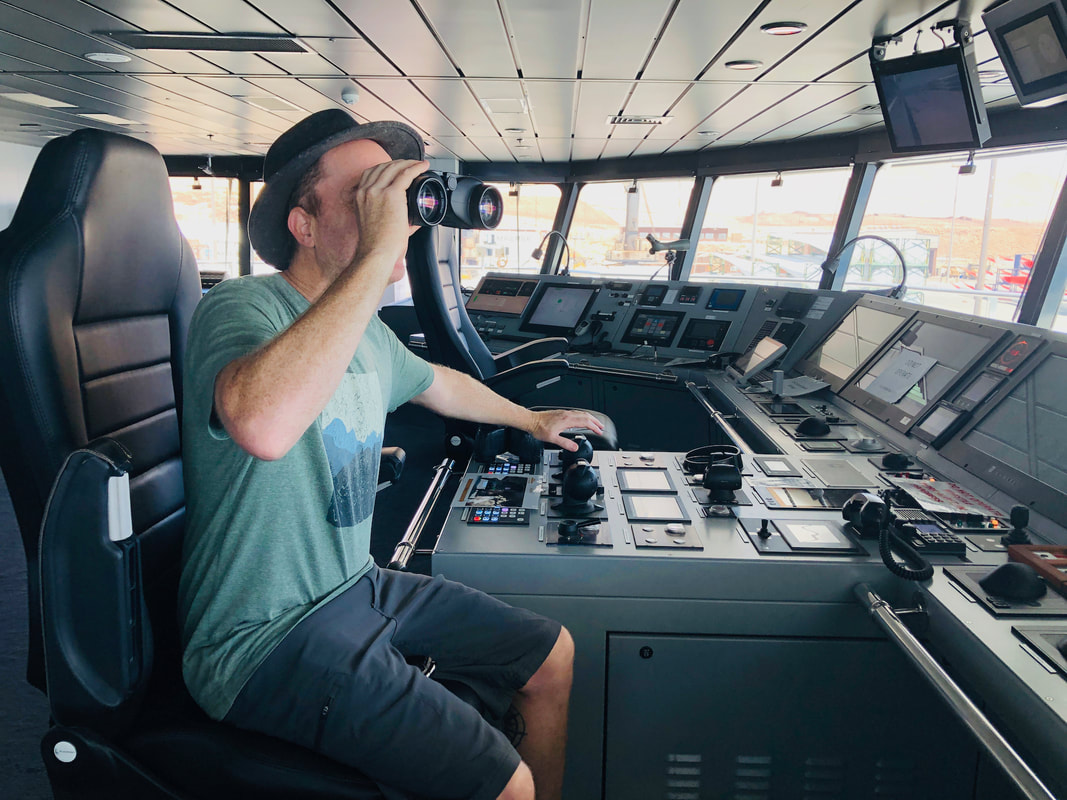
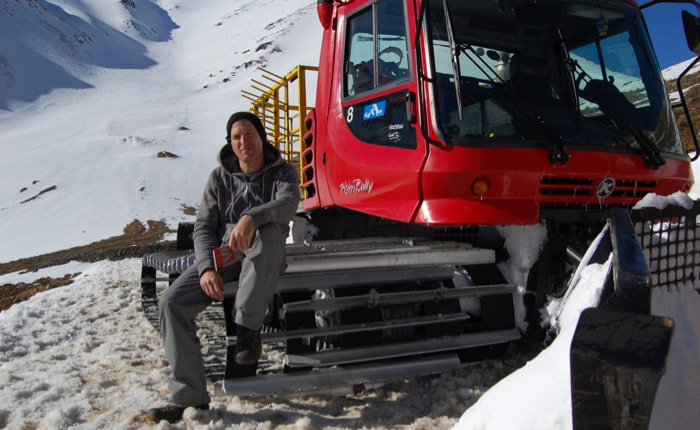
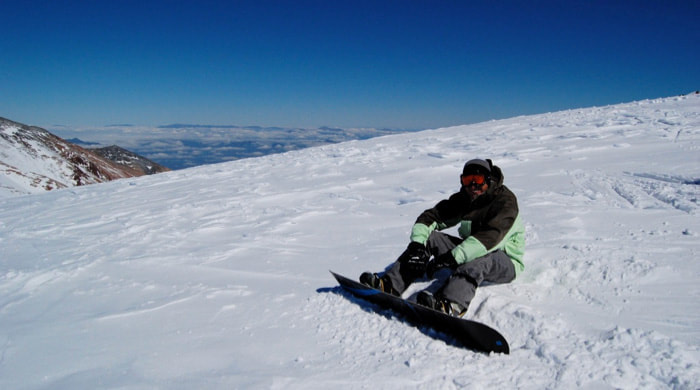
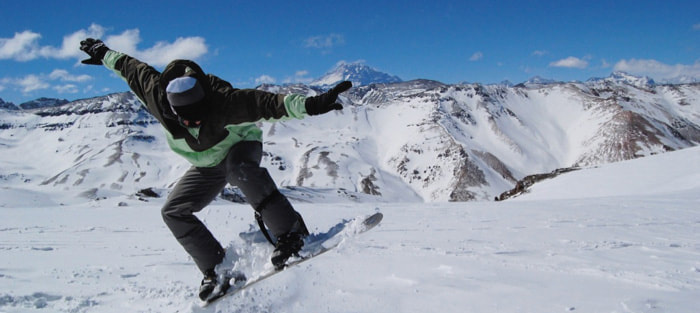
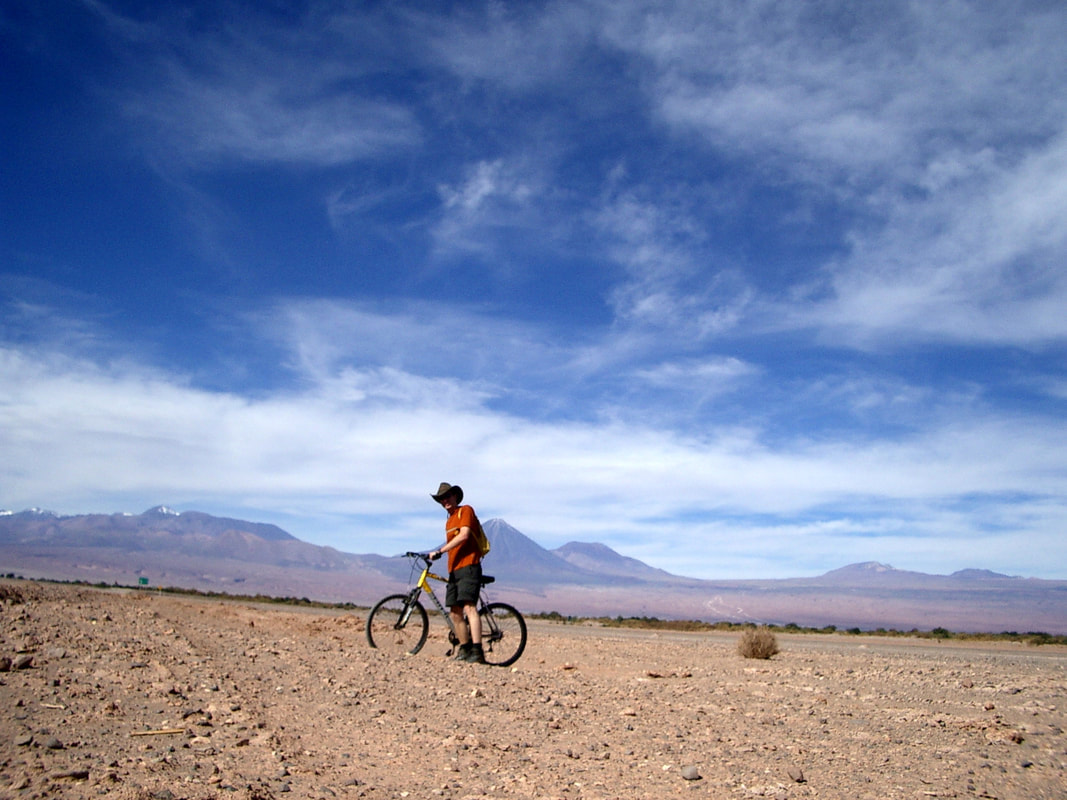
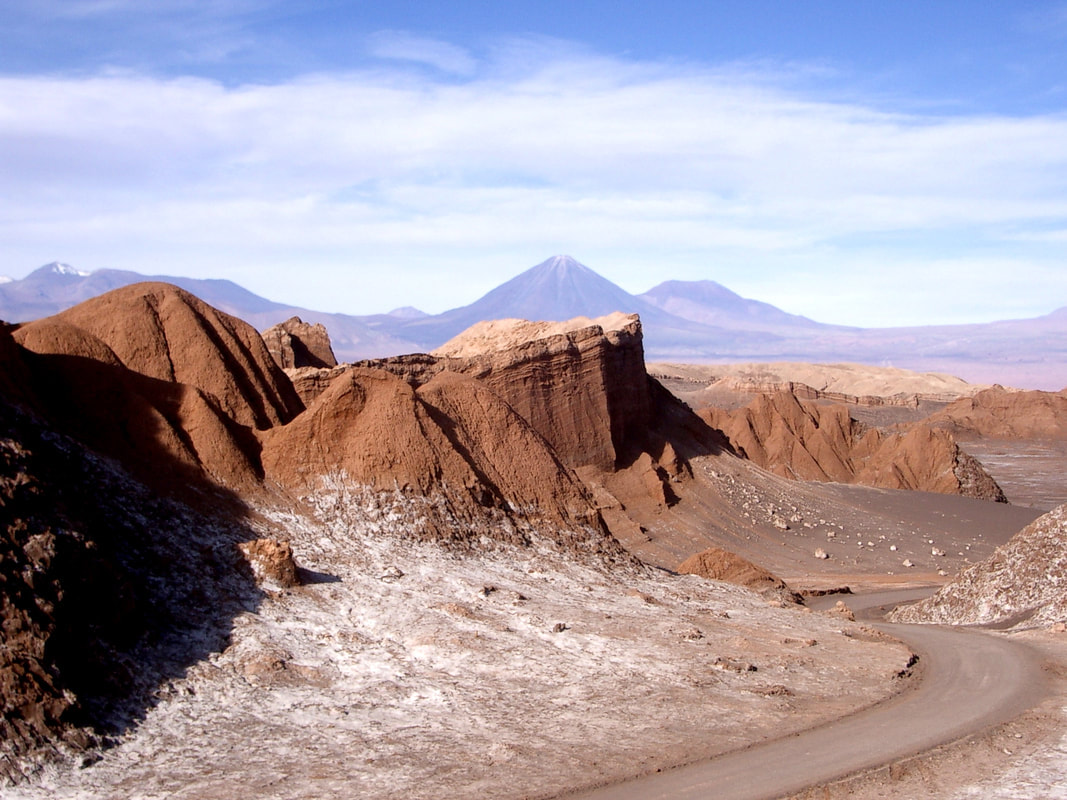
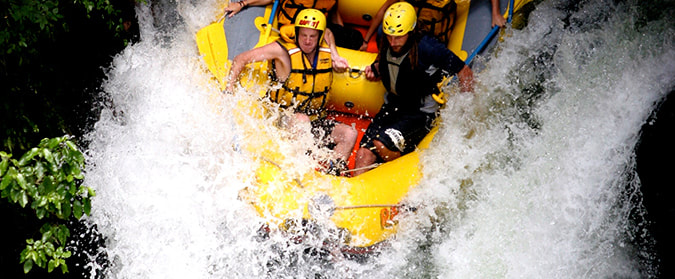

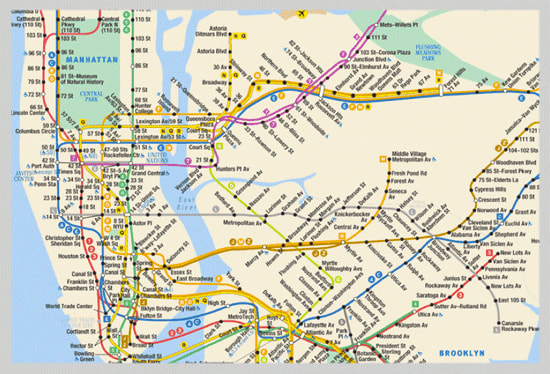


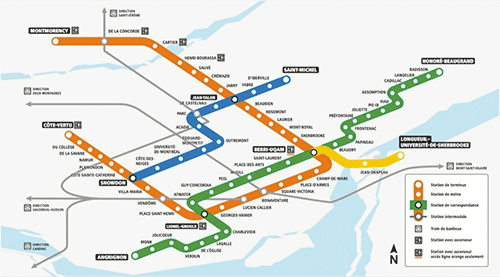
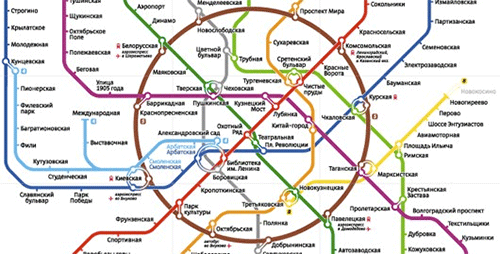
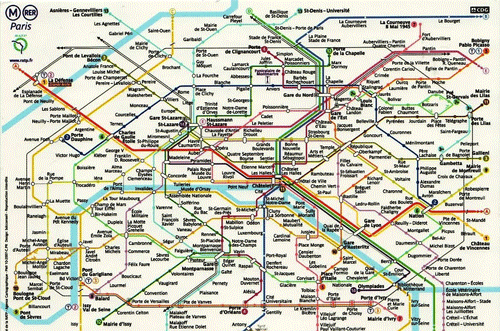



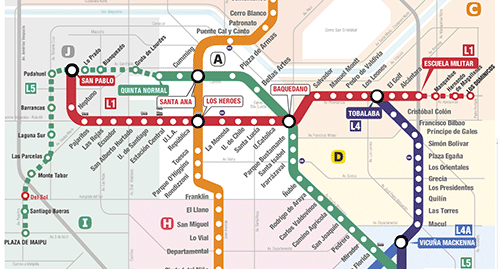
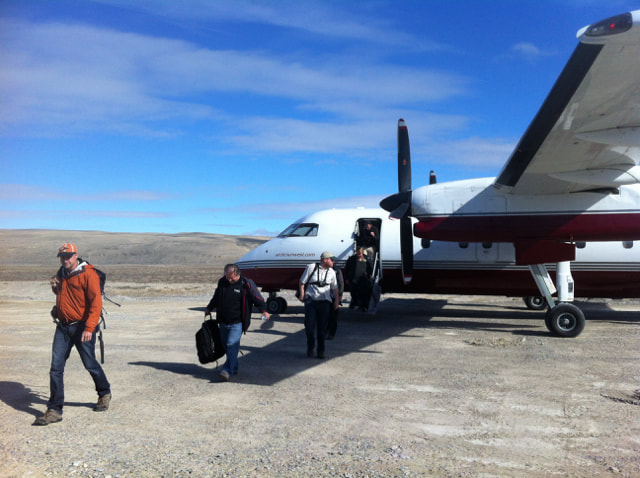
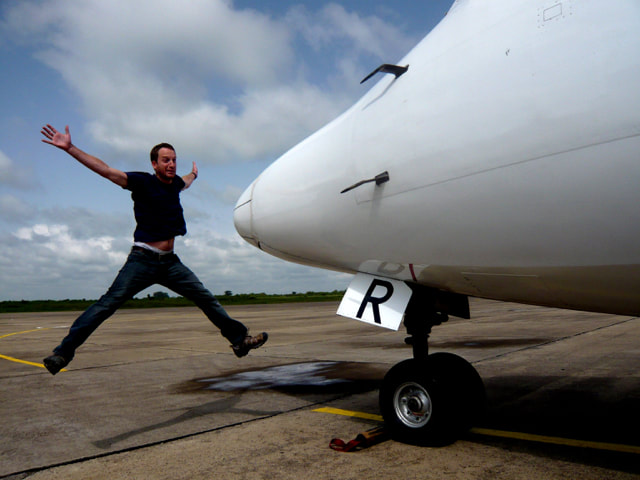
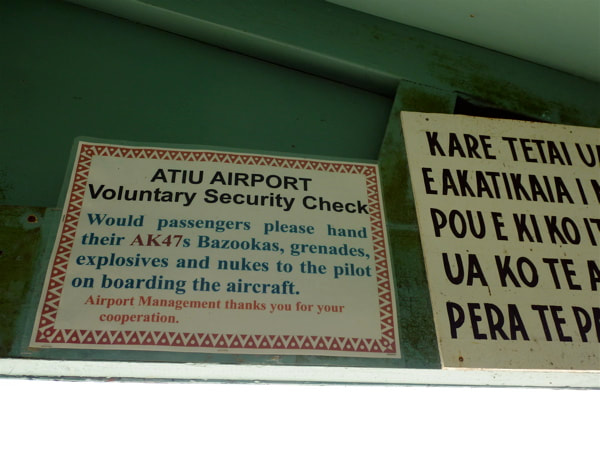
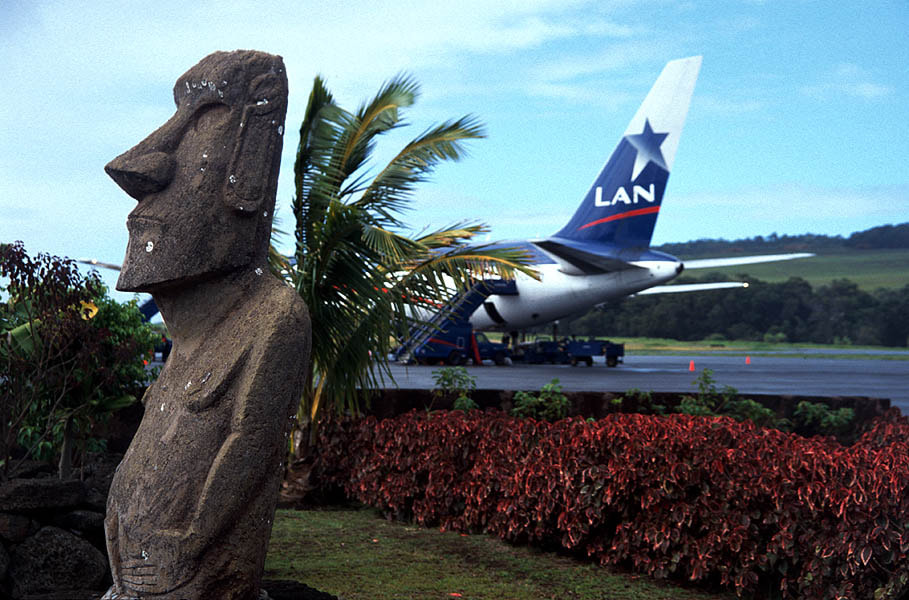
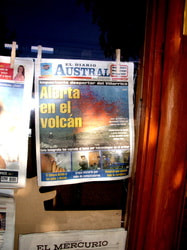
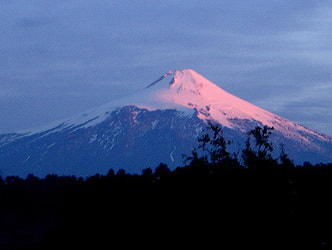
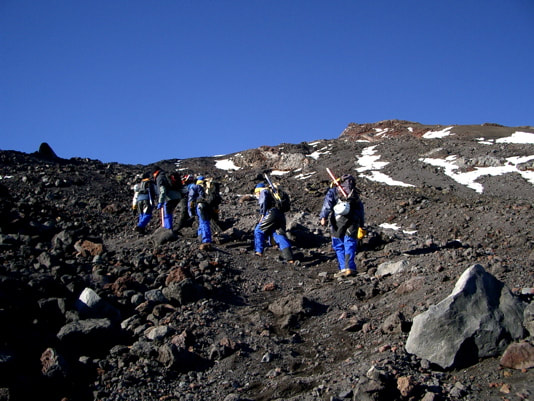
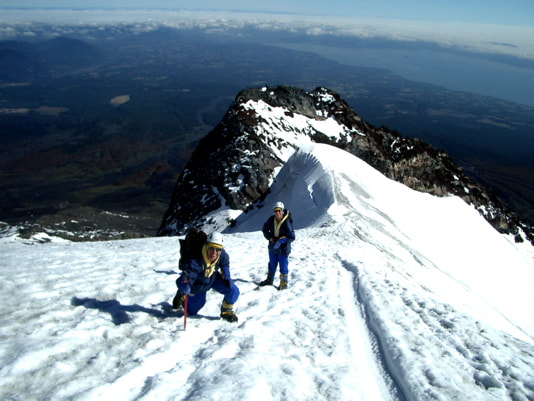
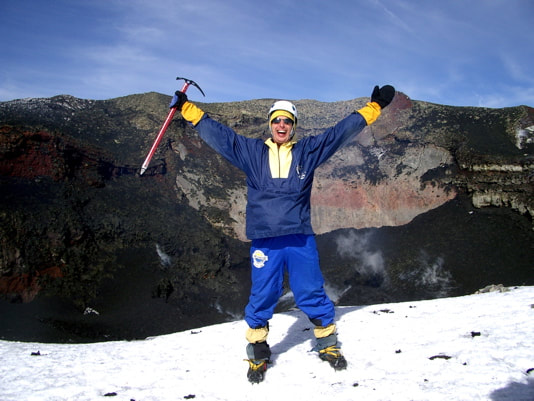
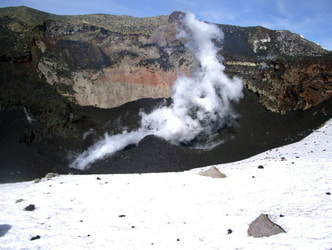
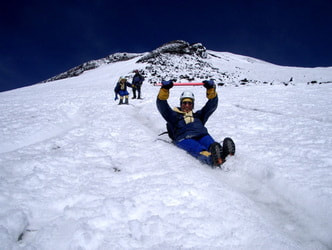
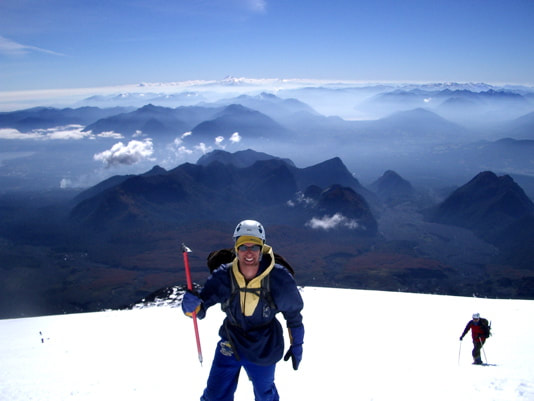
 RSS Feed
RSS Feed

